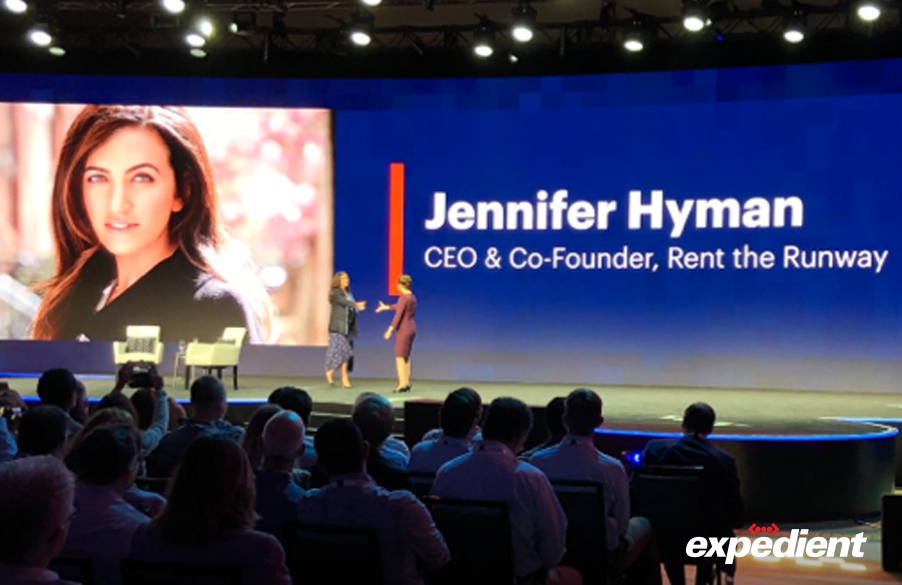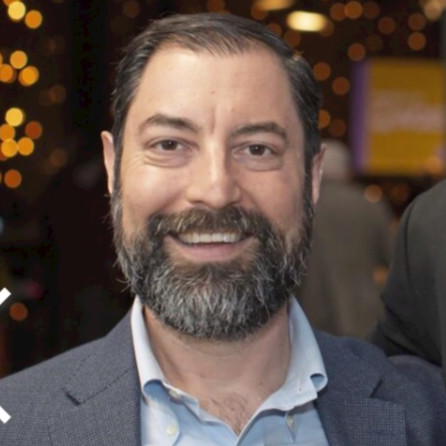Gartner is a leading research and advisory company, equipping leaders and their teams in major business functions with the insights, advice and tools to achieve their mission-critical priorities today and tomorrow.

Gartner IT Symposium / XPo™ 2019 highlights the breadth of advisory services the company offers.
Gartner bills its IT Symposium/XPo™ 2019 as the world’s most important gathering of CIOs and IT executives, hosting more than 9,000 CIOs and senior leaders. IT Symposium/XPo™ brings together a community of IT leaders, technology visionaries and Gartner experts to examine critical industry trends to help organizations build and execute world-class IT strategies.
I attended IT Symposium/XPo™ this year for the fourth time, and, over the course of several days, heard from some of more than 190 Gartner experts and 180 solution providers in several of the 450+ sessions spanning technology & information, leadership and business strategy.
TechQuilibrium Key to Digital Transformation Success
Last year, Gartner introduced its concept of ContinuousNEXT – the idea that to confront and adapt to changes in technology, competition, and business, organizations must constantly develop new capabilities and create new ways to succeed. This year’s new concept is TechQuilibrium – the idea that every enterprise has a point that defines how digital they need to be to compete (or lead) in a digital society.
In his presentation this week on the topic, Gartner senior research vice president, Valentin Sribar, explained that three “turn” forces – geopolitics, economics, and the emergence of digital giants trigger shifts from the normal momentum of a business. Unique concepts like ContinuousNEXT and TechQuilibrium represent helpful labels to describe organizational capabilities that will differentiate an organization digitally. With these labels, Gartner tries to encapsulate multiple concepts in one term that they use as a platform.
Keynotes That Inspire TechQuilibrium

Jennifer Hyman at Gartner IT Symposium / XPo™ 2019.
Each of the three prior years that I’ve attended Gartner IT Symposium/XPo™, I’ve been impressed by the line-up of keynote speakers. This year was no exception with inspiring messages from the likes of:
- Sir Tim Berners-Lee, Inventor of the World Wide Web, including HTML and HTTP
- Malcom Gladwell, New York Times Best-Selling Author and Journalist
- Jennifer Hyman, Co-Founder and Chief Executive Officer of Rent the Runway
- Colin L. Powell, Former U.S. Secretary of State and Chairman of the Joint Chiefs of Staff
- Sekou Andrews, Award-winning Poetic Voice, Entrepreneur, and Two-time National Poetry Slam Champion

General Colin L. Powell at Gartner IT Symposium / XPo™ 2019.
The concept of TechQuilibrium was present in each of these speakers’ discussions – in different ways. For example, Sir Tim Berners-Lee focused on balancing ethics and expectations in a digital world, while Colin Powell discussed persuasion and diplomacy’s place in technology’s integration in society. For his part, Malcom Gladwell shared how the timing of innovation is rarely correlated with immediate commercial success and suggested that learning, discovery, and normative familiarity play an important role in adoption and relevance. In the process, he taught me a new term: innovation lag.
I heard Sekou Andrews deliver an engaging poetic slam about disruption’s role in innovation using his own story of building a business based upon poetry, which some told him didn’t seem like a good idea. Finally, Jennifer Hyman told the audience that their client relationships aren’t based upon perfection – they deal with mistakes transparently and use them as learning opportunities to improve the experience. I identified with many of the points made by these speakers and learned some new ones as well.
Tapping Trends for TechQuilibrium
Gartner Analyst Brian Burke announced the top 10 strategic technology trends for 2020 at the event. The trends are structured around the idea of “people-centric smart spaces,” which means considering how these technologies will affect people and the places in which they interact. The context of how and where technology will be used is critical to innovating.
1. Hyperautomation – the combination of machine learning, packaged software, and automation tools
2. Multi-experience – the shift in how users perceive and interact with digital assets
3. Democratization of Expertise – access to business and technical domain expertise without requiring extensive and costly training
4. Human Augmentation – the exploration of how technology is used to deliver physical and cognitive improvements for better user experience
5. Transparency & Traceability – the critical elements to support privacy and digital ethics
6. The Empowered Edge – the rise of more complicated edge devices such as robots and autonomous vehicles
7. Distributed Cloud – a significant shift from the centralized model of most current public cloud services that will lead to the next era of cloud computing
8. Autonomous Things – physical devices like drones and robots that use AI and automation to perform functions previously done by humans
9. Practical Blockchain – every year adoption seems just out of reach, so will this be the year?
10. Security Artificial Intelligence – leverage AI to enhance security defense, while anticipating nefarious use of it by attackers
No single organization will adopt all these trends immediately, and some will be more relevant than others, but all of them are sure to become more prevalent as the velocity of digital transformation increases over time. More detail on these trends is available in this Gartner press release.
The measures of TechQuilibrium achievement will vary by organization, but this new Gartner label adds to the language they use to describe capabilities for digital transformation. For my part, I experienced an educational week at Gartner IT Symposium/XPo™ 2019 that involved attending nearly a dozen sessions about technology and process, as well as numerous personal meetings and analyst interactions. Talking with information technology professionals in a variety of industries provides context and validation about both the challenges and opportunities faced by the organizations we serve.
As Senior Vice President and Chief Operating Officer, Jonathan Rosenson is responsible for overseeing organizational functions that drive growth at Expedient. Jon additionally acts as an external spokesperson conveying the Expedient story. Follow him on Twitter.
